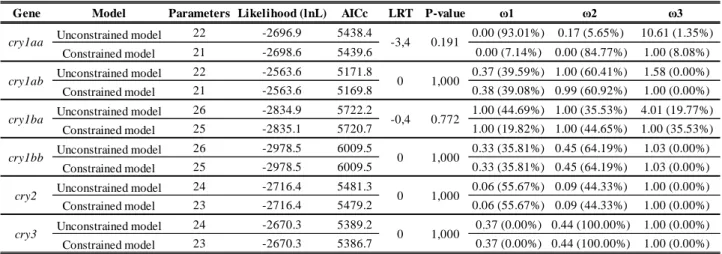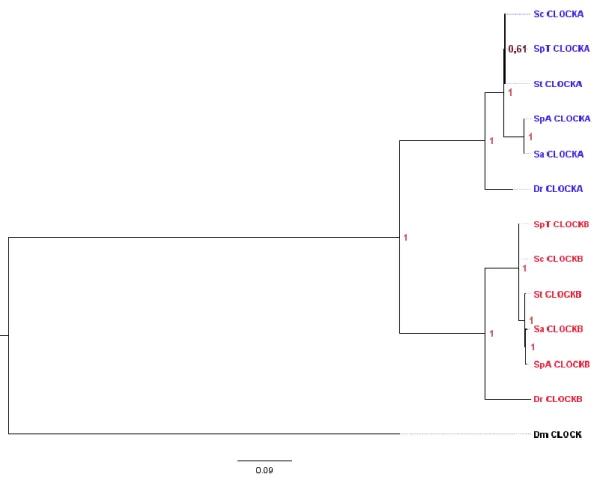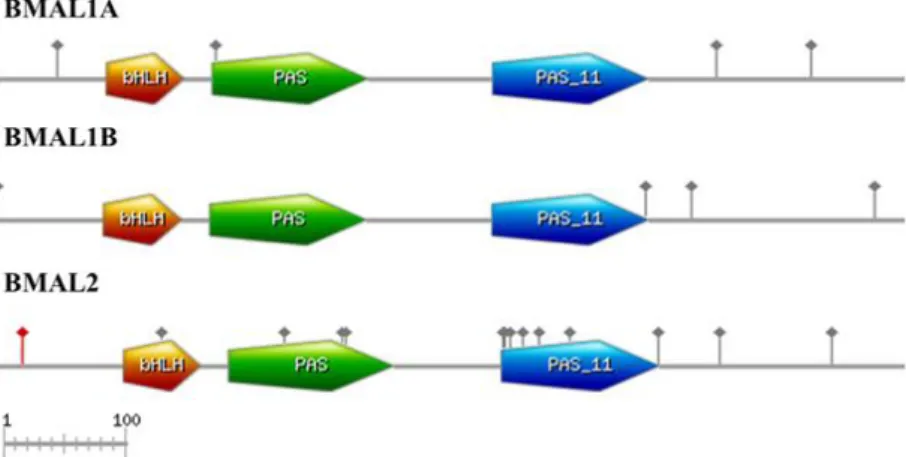An evolutionary perspective on the circadian system in western iberian Squalius freshwater species
Texto
Imagem
![Figure 1.1. Overview of the core circadian system and output pathways [adapted from (Dunlap 1999)]](https://thumb-eu.123doks.com/thumbv2/123dok_br/18189495.875237/16.892.167.726.668.985/figure-overview-core-circadian-output-pathways-adapted-dunlap.webp)



Documentos relacionados
Based on the morphological description and the molecular and phylogenetic analyses (18S rDNA sequences) comparing 24 sequences of Myxobolus and Henneguya species that
Neste momento nós vivemos um pouco numa instabilidade porque o mundo está a mudar vertiginosamente e é complicado, o que aprendemos hoje não sei se
In this study, Faith’s phylogenetic indexes and the number of evolutionary independent lineages of Carnivora were calculated at the average patch level based on
The DNA sequences obtained from Colletotrichum isolates and from GenBank were used for phylogenetic analysis with a preliminary species identification performance based on the
Usando as respostas produzidas pelo simulador HUTSIM para as aproximações principal e secundária relacionadas às variáveis atraso médio e porcentagem de veículos parados,
El análisis de caso descrito ha permitido establecer una correlación directa entre el desarrollo de una acción de brand placement por parte de una marca anunciante y el efecto
Phylogenetic hypotheses based on other sequences usually give conflicting topologies that reveal di ff erent evolutionary histories, which in some cases may be the result of
To understand the evolutionary relationships of the four different DGAT types in plant and algae species, we conducted a phylogenetic analysis using the protein se- quence of





